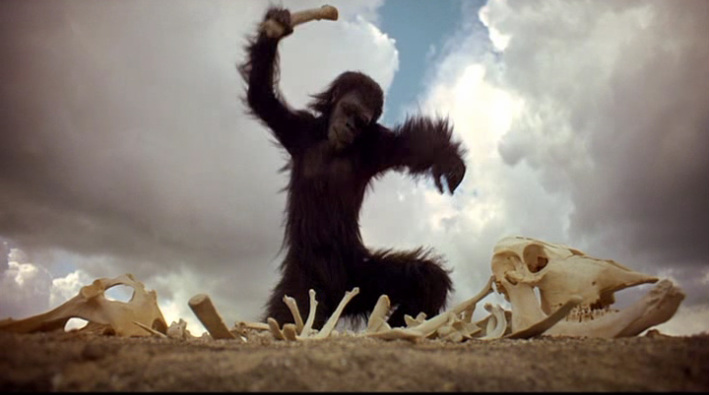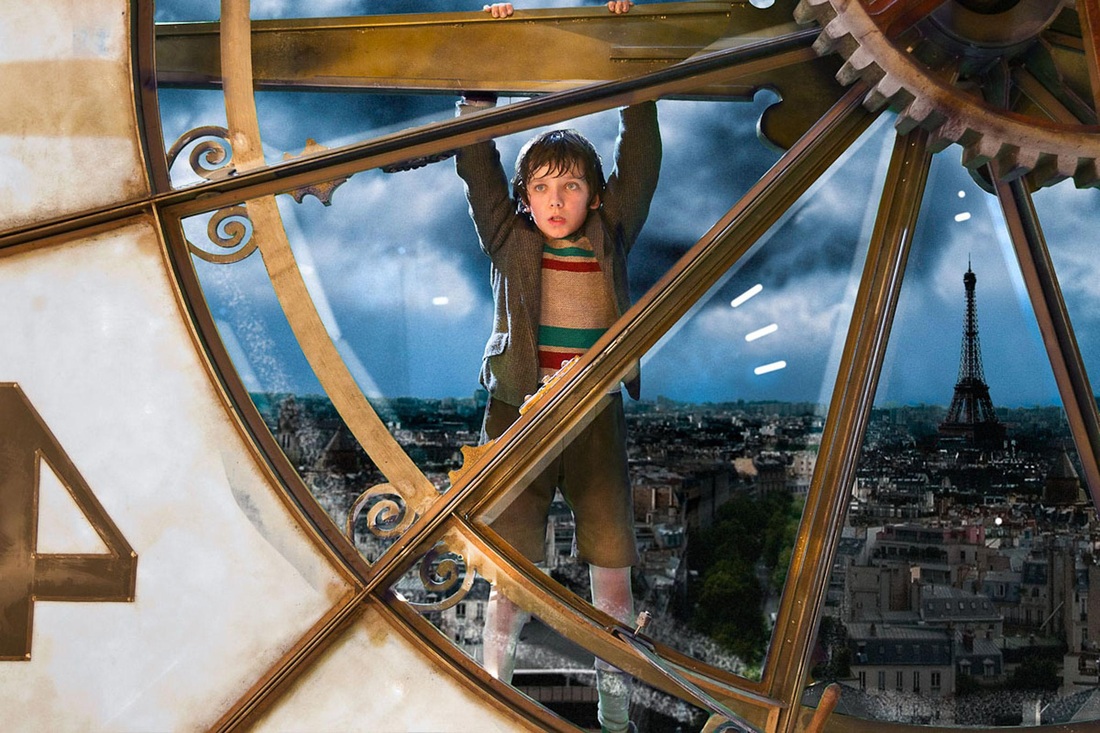Numerous popular classics have received Best VFX, such as 2001: A Space Odyssey (Stanley Kubrick, 1968), Star Wars (George Lucas, 1977), Alien (Ridley Scott, 1979), Terminator 2: Judgment Day (James Cameron, 1991), and Jurassic Park (Steven Spielberg, 1993) to name a few. More recently, films like King Kong (Peter Jackson, 2005), Avatar (James Cameron, 2009), and Hugo (Martin Scorcese, 2011) have won the award, mainly for there ability to use digital filmmaking to its fullest potential.
Let's take a look at two films which won the award in the past.
Both of these films were prime examples of how intelligent filmmakers were able to receive this award, however other films such as Jurassic Park, Star Wars, or Alien were simply breathtaking in their visual effects as well. Let's take a quick look at the films that have been nominated for this category at the 86th Academy Awards:
- Gravity (Alfonso Cuaron, 2013)
- Iron Man 3 (Shane Black, 2013)
- Star Trek: Into Darkness (J.J. Abrams, 2013)
- The Hobbit: Desolation of Smaug (Peter Jackson, 2013)
- The Lone Ranger (Gore Verbinski, 2013)



 RSS Feed
RSS Feed
